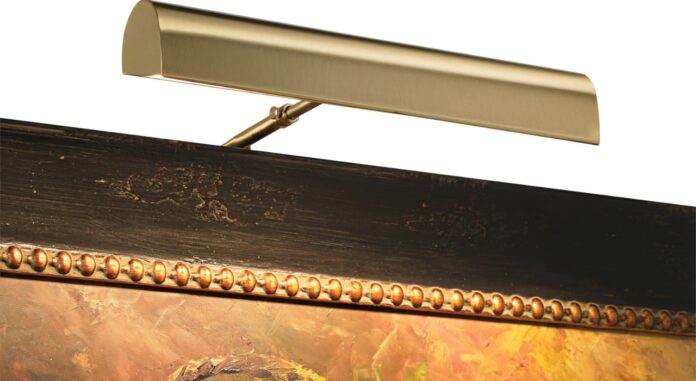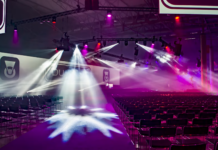If you’re looking to showcase your favorite artwork or family photos, picture frame lighting is an essential component to consider. Proper lighting can enhance the colors and details of your art, and draw attention to your cherished memories.
In this article, we’ll cover the basics of picture frame lighting, including different types of lights and how to choose the right one for your space.
When it comes to picture frame lighting, there are several options to choose from. Some popular choices include LED lights, track lighting, and recessed lighting. Each type of lighting has its own unique benefits and drawbacks, so it’s important to consider your specific needs and preferences before making a decision.
Additionally, you’ll want to think about the size and placement of your artwork, as well as the overall aesthetic of your space, when choosing a lighting option.
Whether you’re a seasoned art collector or simply looking to display a few family photos, understanding the basics of picture frame lighting can help you create a stunning and visually appealing display.
In the following sections, we’ll dive deeper into the different types of lighting available, and provide tips for choosing the best option for your needs.
Understanding Picture Frame Lighting
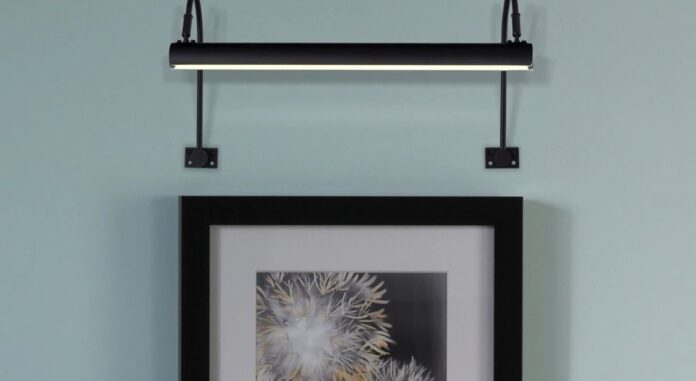
Picture lights are the most common type of lighting used for artwork. These lights are designed to be mounted above or below the artwork and can be adjusted to direct the light exactly where it is needed.
Picture lights come in a variety of styles and finishes to match any decor, and can be either hardwired or battery-operated.
One of the most important considerations when choosing picture frame lighting is glare. Glare occurs when the light reflects off the surface of the artwork and into the viewer’s eyes, making it difficult to see the details of the piece.
To avoid glare, it is important to position the light at an angle that directs the light away from the viewer’s eyes. This can be achieved by using a light with an adjustable arm or by mounting the light above or below the artwork at an angle.
Shadows are another common problem when it comes to picture frame lighting. Shadows can be caused by the position of the light, the placement of the artwork, or the texture of the surface.
To avoid shadows, it is important to position the light so that it illuminates the artwork evenly and to choose a location that is free from obstructions.
Types of Picture Frame Lights
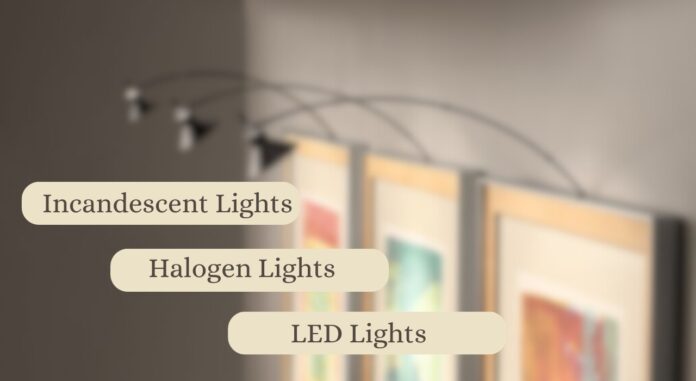
When it comes to lighting your artwork, there are three main types of picture frame lights to choose from incandescent, halogen, and LED lights. Each type of light has its own advantages and disadvantages, so it’s important to consider your specific needs and preferences before making a decision.
1. Incandescent Lights
Incandescent lights are the most traditional type of picture frame lights. They produce a warm, yellowish light that can enhance the colors in your artwork.
However, they are not very energy-efficient and tend to have a shorter lifespan than other types of lights. Incandescent lights also produce a lot of heat, which can be a concern if you have delicate or sensitive artwork.
2. Halogen Lights
Halogen lights are similar to incandescent lights, but they are more energy-efficient and have a longer lifespan. They also produce a brighter, whiter light that can make your artwork appear more vibrant.
However, like incandescent lights, halogen lights produce a lot of heat, which can be a concern for some types of artwork.
3. LED Lights
LED lights are the most modern type of picture frame lights. They are extremely energy-efficient and have a very long lifespan. LED lights also produce very little heat, which makes them a good choice for delicate or sensitive artwork.
LED lights come in a variety of colors and can be dimmed to create the perfect lighting for your artwork.
When choosing a picture frame light, it’s important to consider factors such as the type of artwork you have, the size of your artwork, and your personal preferences.
LED lights are a popular choice for many people due to their energy efficiency and long lifespan, but incandescent and halogen lights may be a better choice for some types of artwork.
Ultimately, the best type of picture frame light for you will depend on your specific needs and preferences.
Choosing the Right Lighting

When it comes to picture frame lighting, choosing the right lighting can make all the difference. Here are some factors to consider when selecting the perfect lighting for your artwork.
Angle
The angle of the light is crucial. You want to make sure that the light hits the artwork at the right angle to avoid glare and shadows. A good rule of thumb is to aim the light at a 30-degree angle from the top of the artwork.
Distance
The distance between the light and the artwork is also important. You don’t want the light to be too close or too far away. A distance of 6-12 inches is ideal.
Space
Consider the space where the artwork will hang. Is it a large room or a small space? The size of the room will determine the size of the light you need. A larger room may require a larger light to provide adequate coverage.
Color and Texture
The color and texture of the artwork will also play a role in selecting the right lighting. If the artwork has warm tones, you may want to consider a warm light. If the artwork has a lot of texture, you may want to consider a light with a wider beam angle to highlight the details.
Intensity
The intensity of the light is another factor to consider. You want to make sure that the light is bright enough to highlight the artwork but not too bright that it causes glare. A dimmer switch can be a great option to adjust the intensity as needed.
Coverage
Consider the coverage area of the light. You want to make sure that the light covers the entire artwork without spilling onto the walls or surrounding area.
Details
Pay attention to the details of the light. Does it have an adjustable arm or head to direct the light? Is it easy to install and adjust? These details can make a big difference in the overall look and functionality of the light.
Size Picture Light
The size of the picture light should be proportional to the size of the artwork. A larger piece may require a larger light to provide adequate coverage.
Color Rendering Index
The Color Rendering Index (CRI) measures how accurately a light source displays colors. A higher CRI means that the colors will look more natural and vibrant. When selecting a light, look for a CRI of 90 or higher.
By considering these factors, you can choose the right lighting for your artwork and create a beautiful display that enhances the beauty of your pieces.
Lighting and Heat Absorption
If using traditional, incandescent picture lights, metal frames may heat up more quickly than wood.
This could potentially be harmful to the artwork over time, though many modern lighting solutions produce minimal heat it’s still important to consider the different types of picture frames (listed here) and especially the common materials they are made from.
Frequently Asked Questions
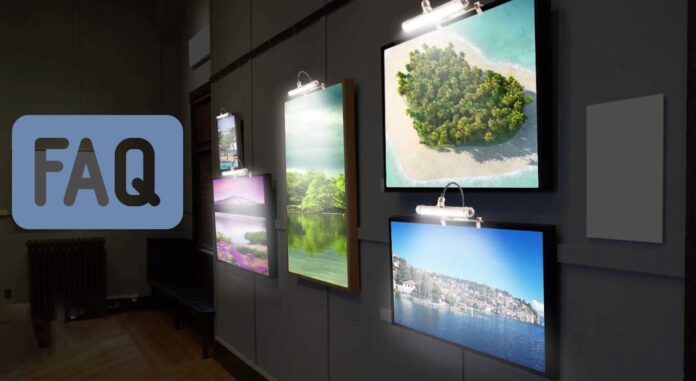
What Are the Best Lights for Picture Frames?
The best lights for picture frames are LED lights. They are energy-efficient, long-lasting, and produce very little heat. LED lights also come in a variety of color temperatures, making it easy to find the perfect match for your artwork.
How High Should a Frame Light Be?
The height of a frame light depends on the size of your artwork. As a general rule, the center of the light should be at the same height as the center of the artwork.
For smaller pieces, the light can be placed closer to the top of the frame. For larger pieces, the light should be placed closer to the center of the frame.
What Are Some Popular Brands for Picture Lights?
Some popular brands for picture lights include Cocoweb, House of Troy, and Tech Lighting. These brands offer a variety of styles and finishes to match any decor.
It’s important to choose a brand that offers high-quality lights with adjustable brightness and color temperature settings.

